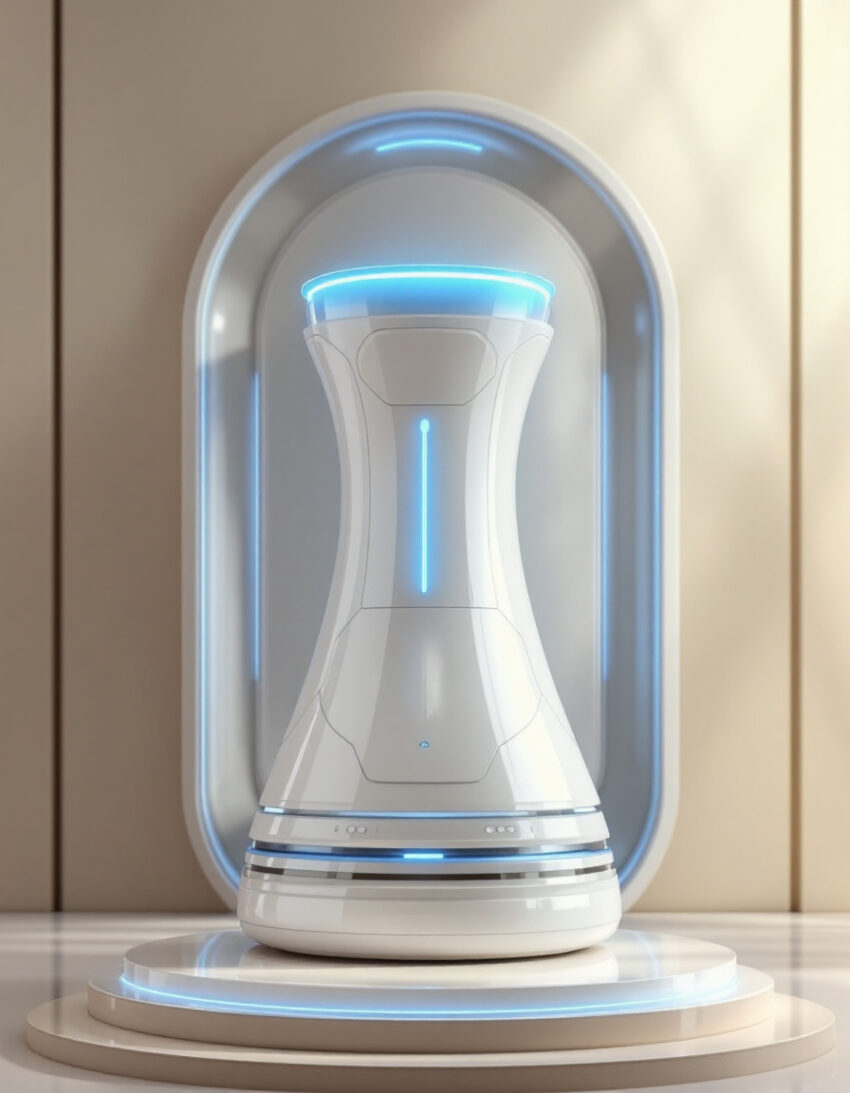The nuclear battery, also known as an atomic battery or radioisotope power source, was conceived as a revolutionary power source that harnesses the energy released from the natural decay of radioactive isotopes. This innovative technology has the potential to revolutionize energy production and storage.
What is a Nuclear Battery?
1Radioactive Decay
A nuclear battery generates electricity by capturing the energy released during the natural decay of radioactive isotopes.
2Solid-State Design
Unlike traditional nuclear reactors, nuclear batteries have a compact, solid-state design with no moving parts.
3Long-Lasting Power
Nuclear batteries can provide reliable power for decades, making them a highly durable and low-maintenance energy solution.
Historical Development of Nuclear Batteries
1913
The concept of using radioactive decay to generate electricity was first proposed.
1950s
Advancements in materials and design led to the first practical nuclear battery prototypes.
1970s–1980s
Nuclear batteries were used to power various space exploration and satellite missions.
Historical Development of Nuclear Batteries
1913
The concept of using radioactive decay to generate electricity was first proposed.
1950s
Advancements in materials and design led to the first practical nuclear battery prototypes.
1970s–1980s
Nuclear batteries were used to power various space exploration and satellite missions.
Principles of Nuclear Battery Operation
Radioactive Isotopes
Nuclear batteries use radioactive isotopes, such as strontium-90 or plutonium-238, that undergo natural decay and release energy in the form of particles or radiation.
Energy Conversion
The energy from radioactive decay is converted into electricity using specialized materials and components, such as semiconductors or thermoelectric elements.
Electrical Output
The generated electricity can be used to power a wide range of devices, from remote sensors to spacecraft, providing a reliable and long-lasting power source.
Key Components and Materials
Radioactive Isotope
The core of a nuclear battery is a radioactive isotope that undergoes controlled decay, releasing energy in the form of particles or radiation.
Energy Conversion
Specialized materials, such as thermoelectric elements or semiconductors, convert the energy from radioactive decay into usable electricity.
Protective Casing
The radioactive components are encased in a durable, shielded housing to ensure safe operation and containment of the radioactive materials.
Thermal Management
Effective thermal management systems are crucial to dissipate the heat generated by the radioactive decay and maintain optimal operating temperatures.
Key Components and Materials
Radioactive Isotope
The core of a nuclear battery is a radioactive isotope that undergoes controlled decay, releasing energy in the form of particles or radiation.
Energy Conversion
Specialized materials, such as thermoelectric elements or semiconductors, convert the energy from radioactive decay into usable electricity.
Protective Casing
The radioactive components are encased in a durable, shielded housing to ensure safe operation and containment of the radioactive materials.
Thermal Management
Effective thermal management systems are crucial to dissipate the heat generated by the radioactive decay and maintain optimal operating temperatures.
